The basic concept of the nanoparticle corona and its biological impacts
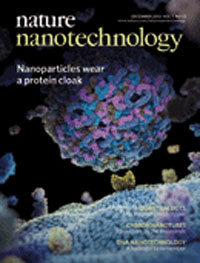 A review paper describes how nanoparticles can gather a cloak of molecules onto themselves in the human body.
A review paper describes how nanoparticles can gather a cloak of molecules onto themselves in the human body.
Dec 18th, 2012
Read more
 A review paper describes how nanoparticles can gather a cloak of molecules onto themselves in the human body.
A review paper describes how nanoparticles can gather a cloak of molecules onto themselves in the human body.
Dec 18th, 2012
Read more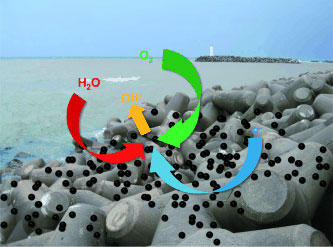 Researchers have introduced a novel material for electrodes based on affordable melamine foam and carbon black. The high porosity significantly facilitates fast mass transport and a high number of catalytically active centers drastically increase the oxygen-reducing activity of cathodes for fuel cells and metal-air batteries.
Researchers have introduced a novel material for electrodes based on affordable melamine foam and carbon black. The high porosity significantly facilitates fast mass transport and a high number of catalytically active centers drastically increase the oxygen-reducing activity of cathodes for fuel cells and metal-air batteries.
Dec 18th, 2012
Read more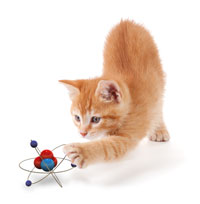 Researchers from the Institute of Photonic Sciences (ICFO) have shown that groups of photons organized in certain quantum states can gently explore the properties of objects in a non-invasive way. The results overcome for the first time a limit imposed by quantum mechanics, and may permit the observation of unknown properties of ultra-sensitive objects such as individual atoms or living cells.
Researchers from the Institute of Photonic Sciences (ICFO) have shown that groups of photons organized in certain quantum states can gently explore the properties of objects in a non-invasive way. The results overcome for the first time a limit imposed by quantum mechanics, and may permit the observation of unknown properties of ultra-sensitive objects such as individual atoms or living cells.
Dec 18th, 2012
Read moreThe projects showing greatest promise include everything from large-scale demonstration facilities to research on use of tiny nanoparticles.
Dec 18th, 2012
Read more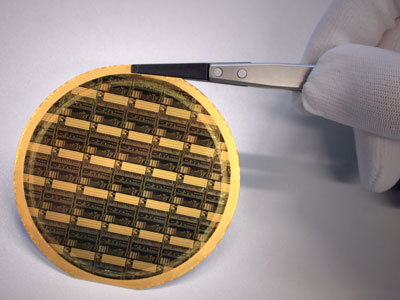 Two Leibniz institutes broke new technological ground and successfully combined their - up to now separate - technology worlds. Due to their high performance the novel chips developed within the HiTeK project shall open up new applications.
Two Leibniz institutes broke new technological ground and successfully combined their - up to now separate - technology worlds. Due to their high performance the novel chips developed within the HiTeK project shall open up new applications.
Dec 18th, 2012
Read more Magnonics is an exciting extension of spintronics, promising novel ways of computing and storing magnetic data.
Magnonics is an exciting extension of spintronics, promising novel ways of computing and storing magnetic data.
Dec 17th, 2012
Read more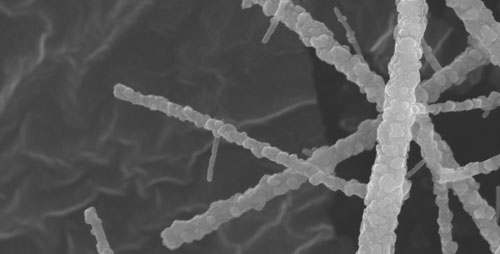 University of Illinois researchers developed mats of metal oxide nanofibers that scrub sulfur from petroleum-based fuels much more effectively than traditional materials. Such efficiency could lower costs and improve performance for fuel-based catalysis, advanced energy applications and toxic gas removal.
University of Illinois researchers developed mats of metal oxide nanofibers that scrub sulfur from petroleum-based fuels much more effectively than traditional materials. Such efficiency could lower costs and improve performance for fuel-based catalysis, advanced energy applications and toxic gas removal.
Dec 17th, 2012
Read moreSnow is the be-all and end-all for alpine ski resorts. Now a tiny sensor has been developed to determine how much cold gold there is on the slopes and how much more should be produced. The sensor is based on Norwegian radar technology and is no larger than a match head.
Dec 17th, 2012
Read more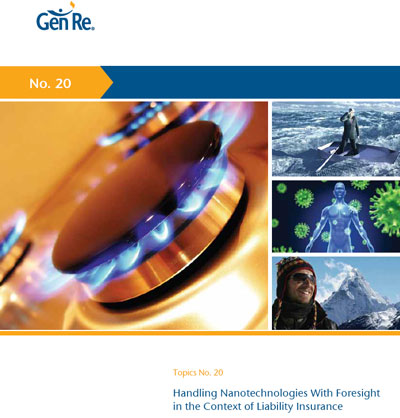 Gen Re, an international reinsurance company, highlights the issue of liability insurance of nanotechnologies.
Gen Re, an international reinsurance company, highlights the issue of liability insurance of nanotechnologies.
Dec 17th, 2012
Read more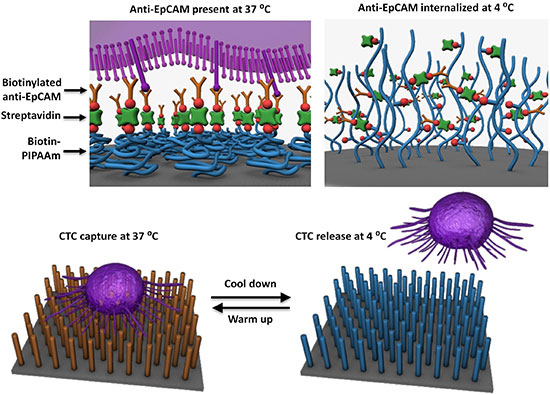 This new nanotechnology could be used for cancer diagnosis and give insight into the mechanisms of how cancer spreads throughout the body. The device provides a convenient and non-invasive alternative to biopsy, the current method for diagnosis of metastatic cancer.
This new nanotechnology could be used for cancer diagnosis and give insight into the mechanisms of how cancer spreads throughout the body. The device provides a convenient and non-invasive alternative to biopsy, the current method for diagnosis of metastatic cancer.
Dec 17th, 2012
Read more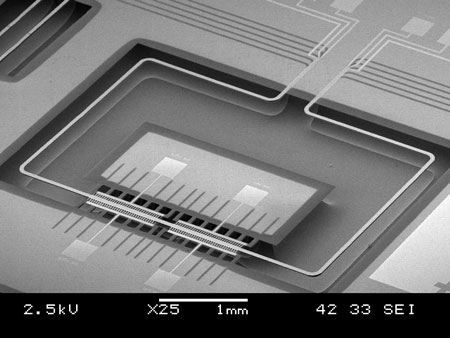 One milligram per hour: fluid flow can be measured with great precision using a tiny 'wobbling' tube with a diameter of only 40 micrometres. Thanks to a new technique, the sensor, which makes use of the 'Coriolis effect', can be made even more compact.
One milligram per hour: fluid flow can be measured with great precision using a tiny 'wobbling' tube with a diameter of only 40 micrometres. Thanks to a new technique, the sensor, which makes use of the 'Coriolis effect', can be made even more compact.
Dec 17th, 2012
Read moreBreakthroughs will mark the era of cognitive systems when computers will, in their own way, see, smell, touch, taste and hear.
Dec 17th, 2012
Read more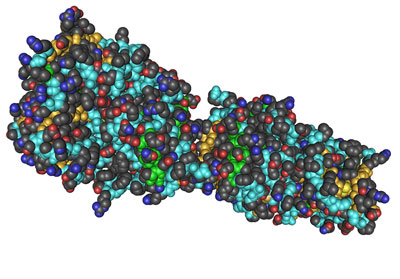 A new technology developed at MIT may help to make biomarker detection much easier. The researchers, led by Sangeeta Bhatia, have developed nanoparticles that can home to a tumor and interact with cancer proteins to produce thousands of biomarkers, which can then be easily detected in the patient's urine.
A new technology developed at MIT may help to make biomarker detection much easier. The researchers, led by Sangeeta Bhatia, have developed nanoparticles that can home to a tumor and interact with cancer proteins to produce thousands of biomarkers, which can then be easily detected in the patient's urine.
Dec 17th, 2012
Read more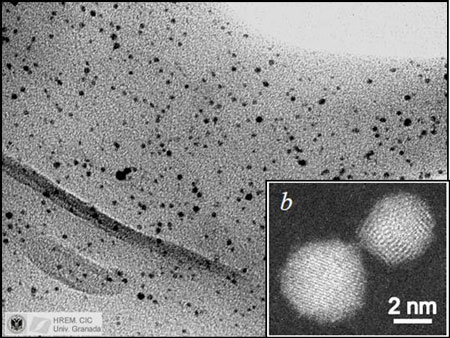 Wissenschaftler des Helmholtz-Zentrums Dresden-Rossendorf haben herausgefunden, dass Gold stark magnetisch werden kann - wenn die Partikel klein genug und die richtigen Reaktionspartner vorhanden sind.
Wissenschaftler des Helmholtz-Zentrums Dresden-Rossendorf haben herausgefunden, dass Gold stark magnetisch werden kann - wenn die Partikel klein genug und die richtigen Reaktionspartner vorhanden sind.
Dec 17th, 2012
Read more Professor Sargent, who is also the Vice-Dean, Research, of the Faculty of Applied Science & Engineering, is widely known as the inventor of full-spectrum solution-processed solar cells, a new class of solar energy harvesting devices based on colloidal quantum dots.
Professor Sargent, who is also the Vice-Dean, Research, of the Faculty of Applied Science & Engineering, is widely known as the inventor of full-spectrum solution-processed solar cells, a new class of solar energy harvesting devices based on colloidal quantum dots.
Dec 15th, 2012
Read more Sikorsky Aircraft Corp. and By Kids For Kids Co. awarded an Indiana teenager the Igor Sikorsky Youth Innovator Award for his conceptual design of a circular-shaped medical evacuation helicopter.
Sikorsky Aircraft Corp. and By Kids For Kids Co. awarded an Indiana teenager the Igor Sikorsky Youth Innovator Award for his conceptual design of a circular-shaped medical evacuation helicopter.
Dec 15th, 2012
Read more